Category: Scotland
-
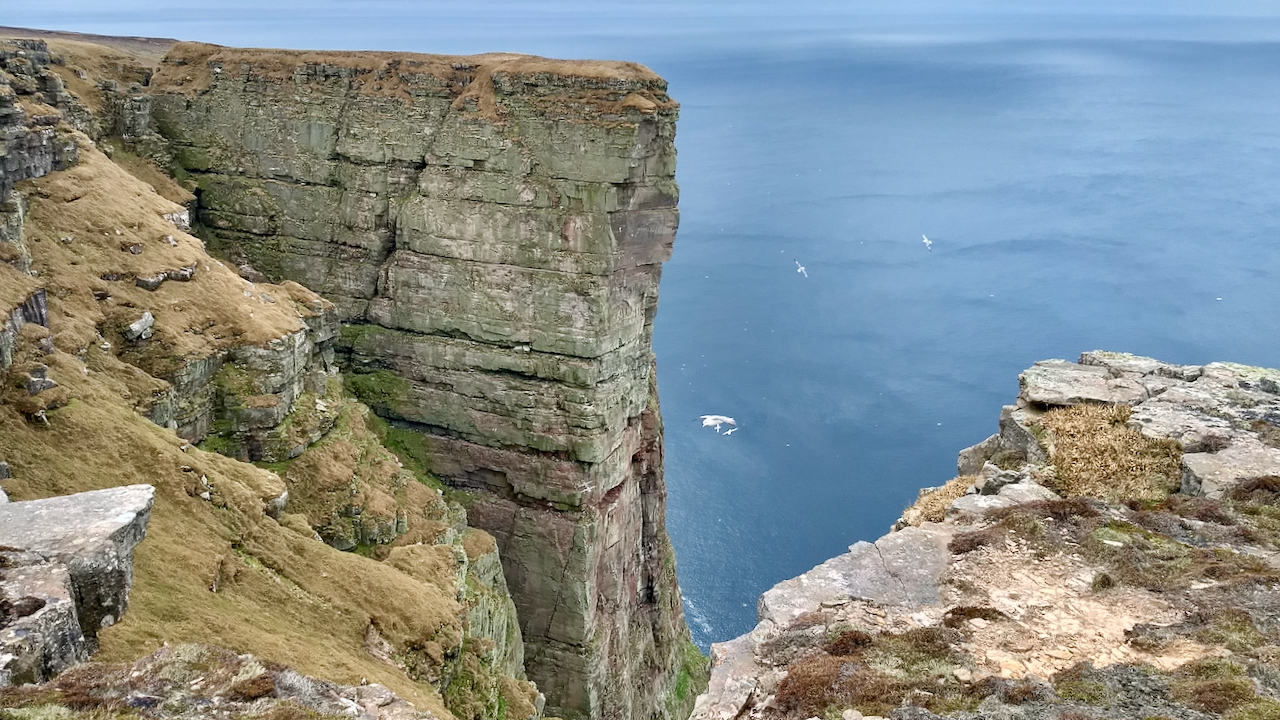
St. John’s Head, Hoy
According to the Tourist Information Board at Moaness Pier, at 1,128′ high St. John’s Head is the most vertical sea cliff in Britain. I’m not sure what that actually means, certainly in terms of height The Kame on Foula and Conachir on St. Kilda are higher. But this is one hell of a drop. I…
-
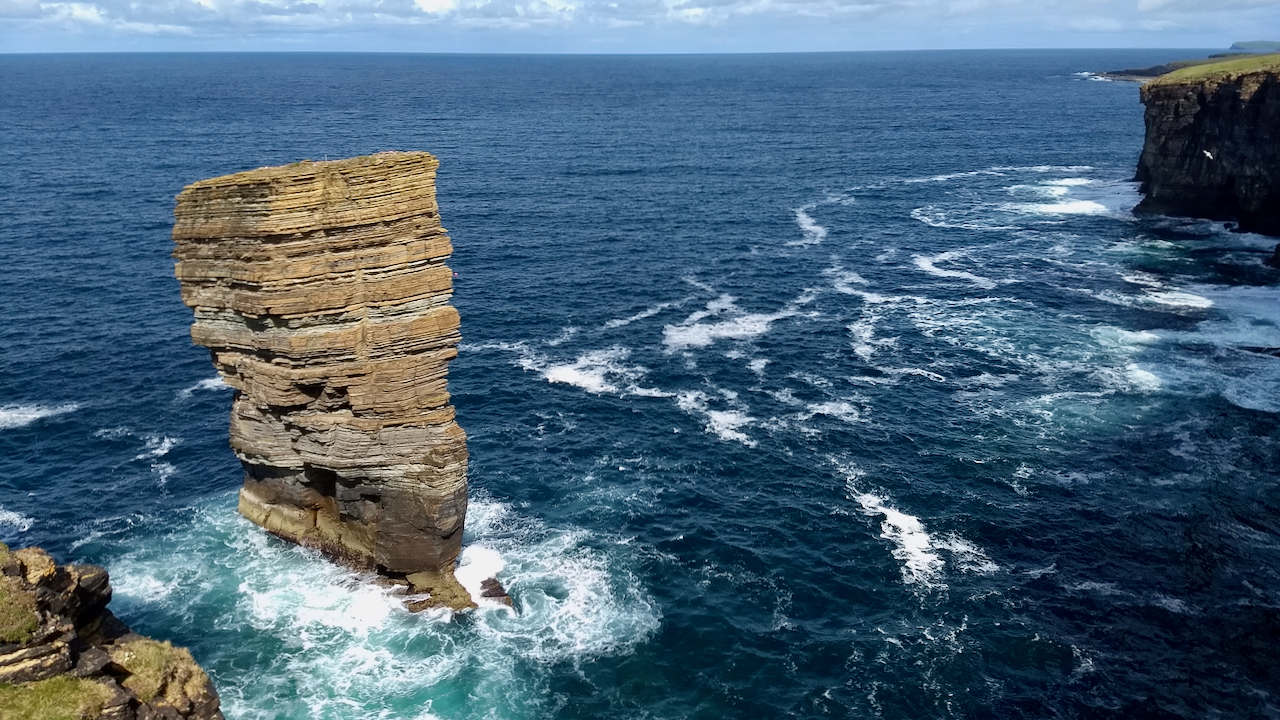
The Castle of North Gaulton
The west coast of Orkney faces the full force of the North Atlantic. Each wave pounding the cliffs shakes the rock. An array of seismic monitors are currently measuring this shaking to research how climate change and increasing sea levels might affect Orkney’s coast. The millennia of turbulent seas have produced the most dramatic coastline…
-
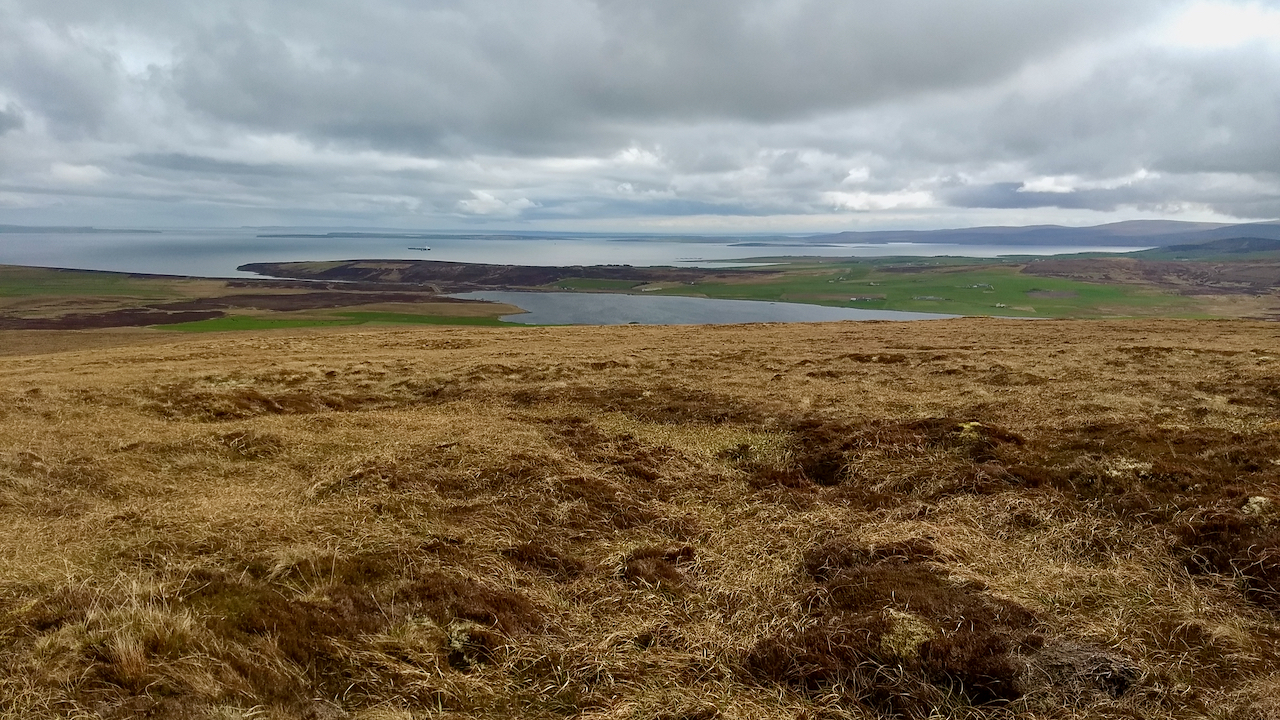
Scapa Flow from Keelylang Hill
Had a lovely walk around the headland of the Deerness peninsula with its dramatic sea cliffs and geos. One spectacular feature was a collapsed sea cave resulting in a huge chasm, 40 metres long and 25 metres deep, funnelling up the sound of waves and sea birds. But the main photo is of Scapa Flow…
-
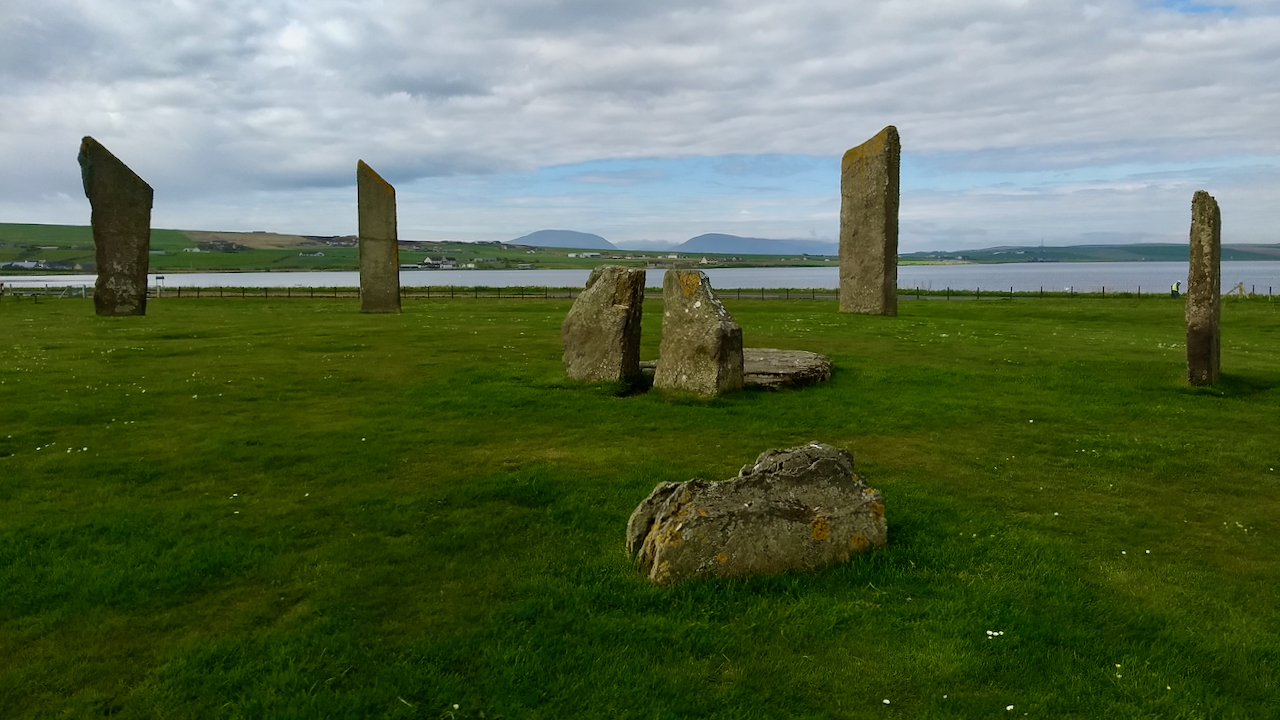
Stones of Stenness
A day spent exploring the Neolithic landscape of Orkney. The Stones of Stenness and The Ring of Brodgar. A third site in the Heart of Neolithic Orkney World Heritage Site, Maeshowe, could unfortunately only be seen from a distant as it was still closed due to the Covid restrictions. The sites are fascinating and not…
-
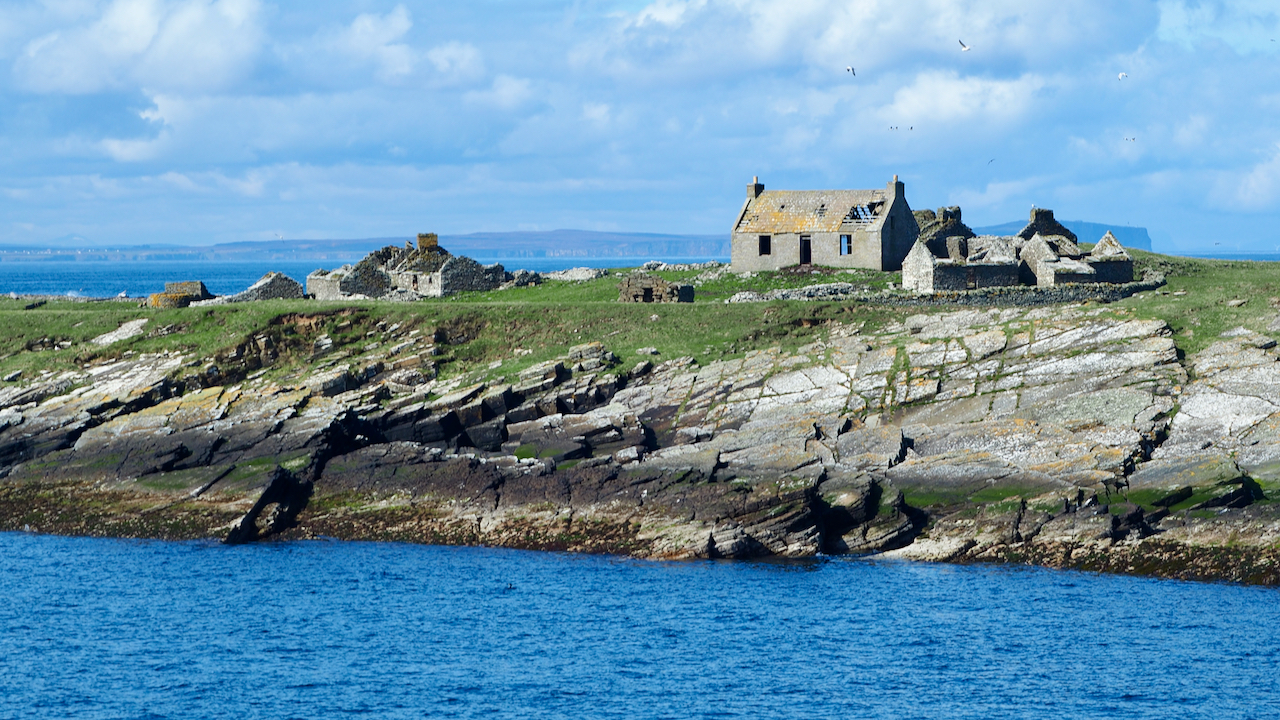
Swona
This must be my laziest post by far. I had read about the witch of Swona in Jennifer Westwood and Sophia Kingshill’s book “The Lore of Scotland: A guide to Scottish legends” but I never expected to get so close. Swona is a smallish island west of the southernmost tip of South Ronaldsay and the…
-
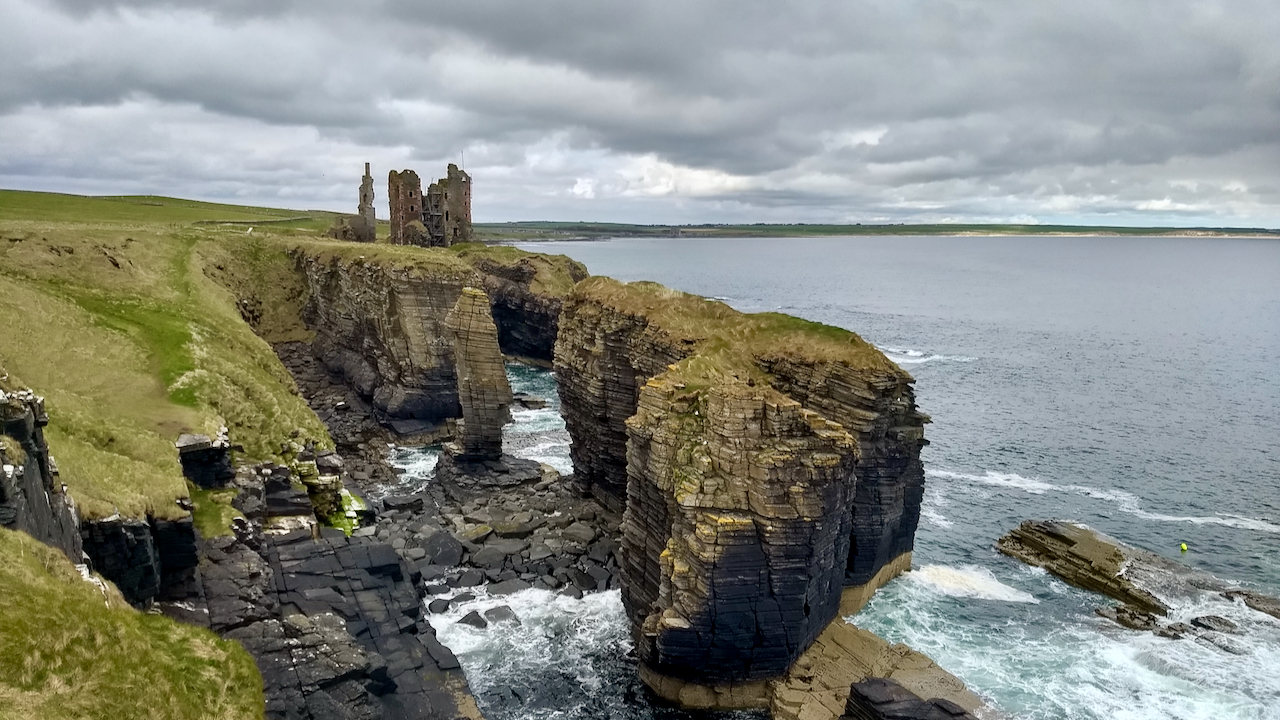
Castle Grinigoe Sinclair
The Caithness coastline seems to become more dramatic the further north. Geos, sea-stacks, arches, and cliffs. This is Castle Grinigoe, just north of Wick. It was built sometime after 1379 when Henry Sinclair acquired to the Earldom of Orkney by marriage and was substantially enlarged and reconstructed during subsequent centuries by his successors. By the…
-
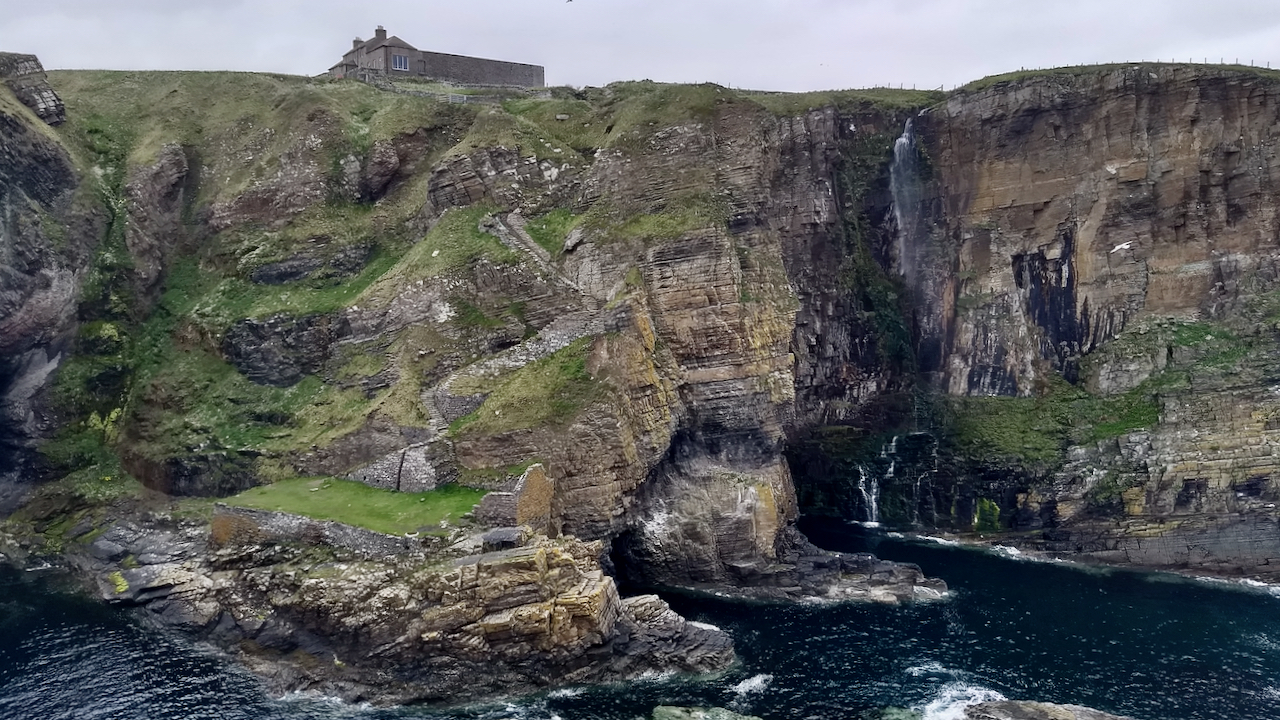
Whaligoe
Whaligoe is famous for its 330 steps down to its tiny harbour. I say 330, but elsewhere 365 is claimed. I didn’t get the chance to count as the steps were closed for maintenance. The harbour, squashed into the narrow Whale Geo, was inspected by Thomas Telford in 1786 who described it as a “terrible…
-
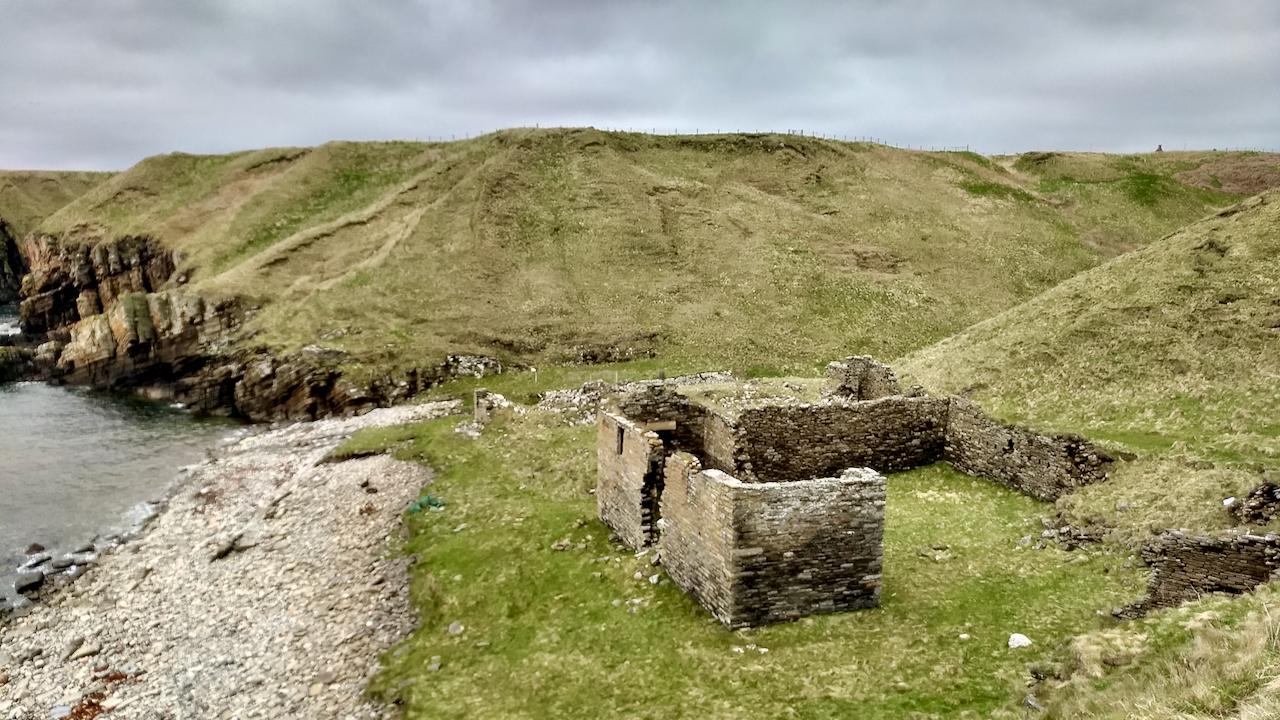
Achastle-shore, Herring fishing station
During the 19th-Century, the Scottish herring industry was the largest in Europe. The fish was a Continental delicacy and easily caught off the east coast of Scotland. At the peak of the herring boom, there were as many as 30,000 boats involved. In the early 19th Century, the British Government gave a bounty of £3.00…
-

Dùn Glas
Exploring the coast north of Helmsdale, part of the John o’Groats Trail from Inverness to John o’Groats. It’s not yet a National Trail and is partially but not consistently waymarked. One thing that is particularly noticeable at this time of the year is the yellow gorse, or whin. Large swathes of it colour the hillside.…
-
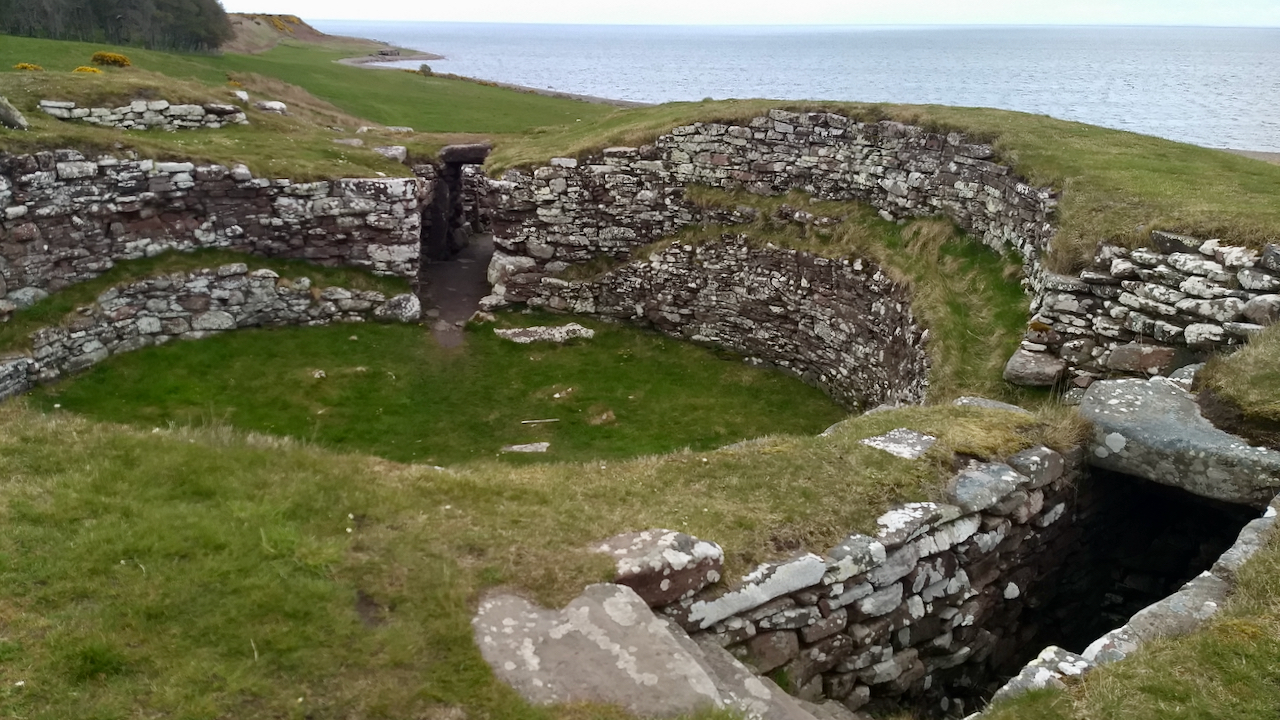
Càrn Liath
An Iron Age broch, a hollow dry-stone walled roundhouse between Golspie and Brora. Once thought to be purely defensive, the modern thinking now is that brochs were a status symbol, the stately home of their day. They are found throughout northern Scotland and were of considerable height. The tallest one standing today is 13 metres…